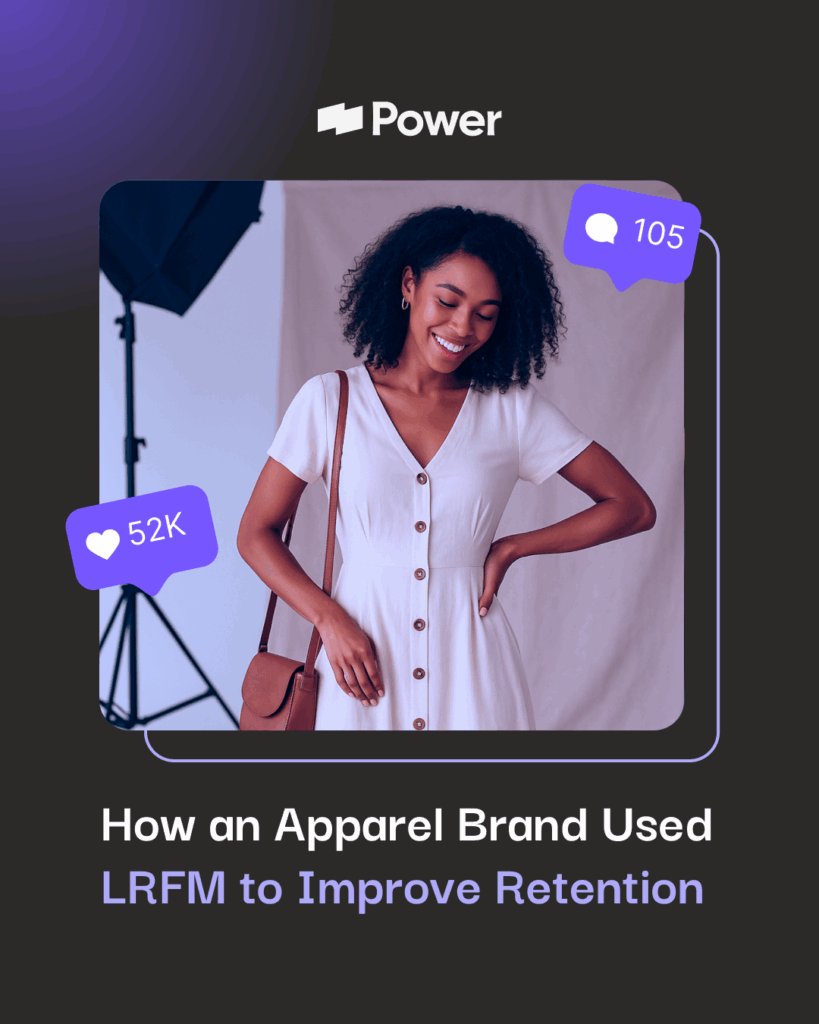Creating the perfect content marketing plan is a melange of data, tools, and intuition, but mostly honest content creation.
When it comes to building out a strong content marketing plan and strategy, there is no single, easy trick that works. Sorry. But we’re going to have to work harder and use better methods than simply sharing the “Charlie Bit My Finger” clip to the company Facebook page.
Here we will focus heavily on content creation since it is one of the most effective and seamless SEO techniques. We will look at using a data-driven strategy as well as a deeply creative process to create content and support it across all your channels, including social media, email marketing, and social advertising to help generate more traffic and revenue.
How Do I Create Strong Content That Will Also Achieve My Marketing Goals?
First off, building out a strong content marketing plan rests squarely on the shoulders of your original content. Creating good, captivating content will build your audience. But which articles and topics should you cover? Fortunately there are a wide array of tools to help guide you through this daunting process.
Start by using tools like Google Analytics to see what previous articles received the most traffic. Then ask yourself which of these high-trafficked articles worked in converting traffic to sales. Chart your top successes. Write down a “best of” content list from your site. Then note which of those top articles had the longest read times.
Related: How to Measure the Success of Your Content Marketing Campaign
Longer read times mean your visitors are connecting with your content instead of merely jumping on for a headline or photo and then jumping off. See if you can detect patterns in which subjects are a sure hit. Check in with the marketing team to make sure your goals are aligned.
Get creative! Brainstorm, then plan your content
When considering what content to create, look at your competitor’s content marketing efforts. You’ll get some ideas, but more importantly you’ll see where they fell short. Did they have an article about finding the top honeymoon destinations but didn’t deliver any solid information? Seize that idea and create a better article with more information that people are seeking out.
Take inventory of the content you already have on your site. Is there a subject you’ve covered much more than necessary, to the point where it has become tired? Now would be the time to change it up and refresh. Comb social media feeds relevant to your product. Is there a trending topic that moves you to write? Do you have a favorite topic?
Related: 7 Tips to Make Sure You Never Run Out of Blog Topics
Now record your ideas. Scraps of paper, voice recordings, or a running Notes document on your iPhone all work. We know of one writer who created a Twitter account just to log notes on all her brainstorms. Keeping some kind of record will ensure your best ideas remain after that rush of morning coffee enthusiasm wears off.
Once you have your ideas, you’ll also discover that some of them (for lack of a better word) suck. They will fade out because they don’t have any substance. That’s fine. Let them go. Don’t get judgey about your ability to create ideas. Keep moving. Keep creating. Embrace the process.
Now that you have some notes, check them against the below list to see if they can become solid content:
- Does it meet the needs of your clients and audience?
- Does the data suggest the topic is close to a previous content marketing success?
- Ask yourself the three I’s: Is there Interest? Will it Inform? Will it Integrate into your marketing?
- What graphics will support this content visually? Never underestimate the visual message.
- Gut check – After considering all of the above do you believe in this idea? Does it feel right?
So let’s take a look at some of the basic tenants of creating quality, genuine content
Visitors to your site want to be inspired, informed, and educated. Good content means people leave with a sense of having learned something. Make sure you are writing about something that people are actually searching for. And, most importantly, make sure you are providing something of value. Everyone is curious. A good article will leave the reader feeling like they’ve learned something. What knowledge do you have that someone else might benefit from?
Once you have an idea for something that fits with your content marketing strategy and feels ‘natural’, go to town and have a good time. Energy is infectious. Let that energy come through in your writing. Consider choosing a topic that is evergreen with a long shelf-life as people will come back to it again and again. By producing genuine, informative content you will benefit from longer read times as well.
Related: How to Drive Revenue With Content Marketing
Make sure the writing you produce is polished and professional. To those who hold the English language dear to their hearts, a comma splice will jeopardize the veracity of the piece you’ve just written. Try to use short, concise sentences and keep it to one idea per sentence.
Of course keep in mind that you want the search engines to find you, so use SEO best practices and optimize your post wherever possible. Remember to stay away from content that bores and doesn’t deliver any real information and exists only to fulfill keyword obligations.
Attracting the right kind of attention with headlines
Once you’ve created the perfect article, you need to bring people’s attention to it. Do not use click bait. “Top Five Bathing Suit Fails” will draw traffic, but no one will remember where they saw it. However, a well-crafted story with solid buyer information about which type of suit works best for each given sport activity, will have a longer read time and resonate with customers because they actually learned something. When visitors spend more time on a page reading, they will recall where they got that information. In this case, your website.
Avoid hyperbole. It’s hard to deliver with content after a headline like “Pandas in Peril! Babies risk life and limb on death slide!” This goes back to staying honest and respecting your readership. At the same time, you must cut through the clutter and information noise that is content on the web. “Daily dose of cute: baby pandas on a slide!” delivers without lying.
Remember your visual audience
Despite all that hard work creating the perfect blog post in 1000-to-2000 words, a great photo or video can have an even greater impact. We all learn differently. Some of your customers will absorb information visually while some will learn by processing text. Also, videos and images will translate better to your social media channels and improve your chances of connecting with your audience.
Now That I Have My Content, How Do I Integrate Across Channels?
Next, decide how best to connect with your audience in their preferred channel. Because Google mixes up their algorithm formula constantly, there is no sure fire one-hit plan to reach everybody via the web. The digital world is bigger than Google.
In the past, laptops were a marketers’ first target, now many companies are reaching for mobile devices first. We’ve entered a time of cross devices, and while some people may only go online at lunch on the office desktop, many others will scroll their social media feeds on their iPhones while waiting in line at Starbucks.
It basically comes down to reaching the right audience on the right digital device at the right time. To do this, the more channels you spread content across, the more people you will reach.
Announcing your post to your email subscriber list will reach those people who check email frequently but may not use social media. My Aunt Dora will only use the computer to check her email, which consists mostly of flash sales offers and last-minute coupons. That’s what the internet is to her, a world of discount buying power. She won’t be interested in a link to a long-winded article that comes through her inbox.
When you move your content to Facebook, it’s important to consider Facebook’s algorithms at the moment. Video uploads with a little bit of paid promo will do heaps to expand your reach on that channel. And remember that some clients will only be looking at Twitter or Instagram all day.
Related: Why You Need to Integrate Your Content and Social Ads Strategy ASAP
To reach these users, think about each specific medium. Your strongest images will work on Instagram, while your strongest written messages will work for Twitter. Again, you’re branching across channels to hit potential customers and bring them back to that high quality content on your page.
To close and to keep this as simple as possible, remember, the analytics and numbers are your friends when shaping your content marketing strategy. But they are not the end all be all. Creativity goes a long way. Just stick to delivering genuine quality information in your content, support it through the various channels at your disposal, and your audience and your business will thank you for it.








